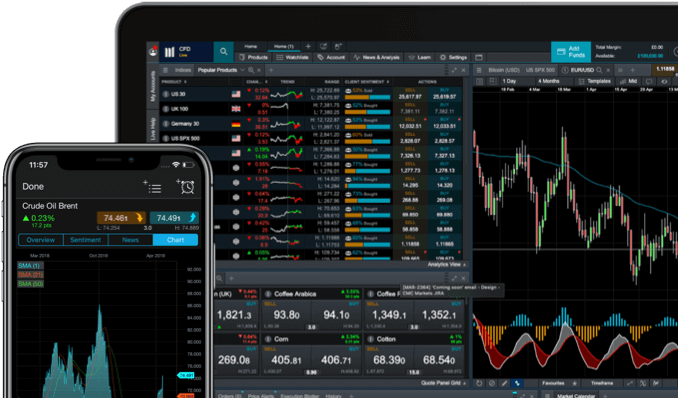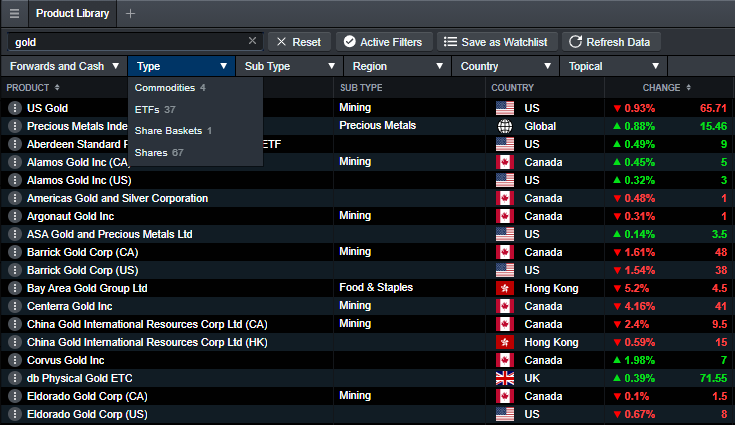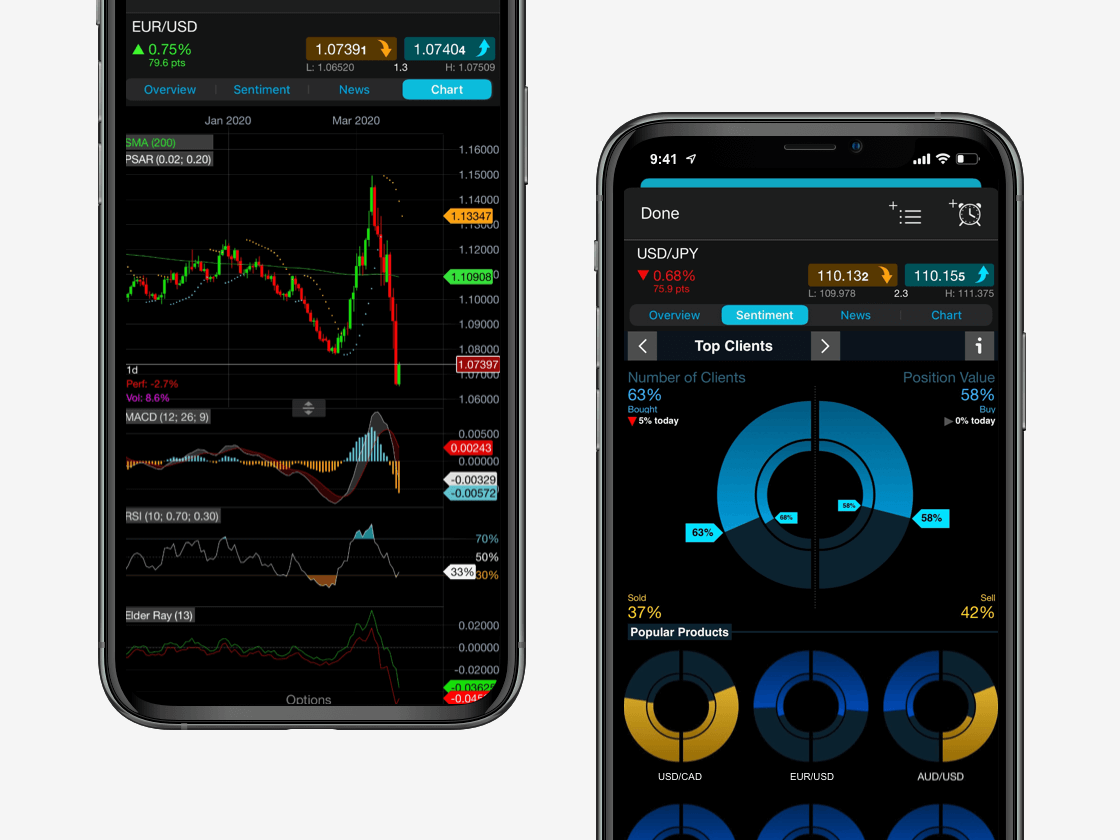In theory, gold stocks should offer a high return potential when the gold market is performing well. This is because when the price of gold is high, it is usually mirrored in the value of the share. If a company is displaying strong financials, such as a stable cash flow, balance sheets and growth potential, this should eventually be reflected in its share price. For this reason, some investors may assume that trading on gold streaming or royalty stocks may provide better returns on average, in comparison with mining stocks, as they hold physical gold from the commodities market.
However, this is not always the case, and any trader that is looking to spread bet or trade CFDs on gold stocks should conduct thorough research beforehand on the risks of leverage in stock trading. Read our risk-management guide for further details on how to monitor profit and loss.



















